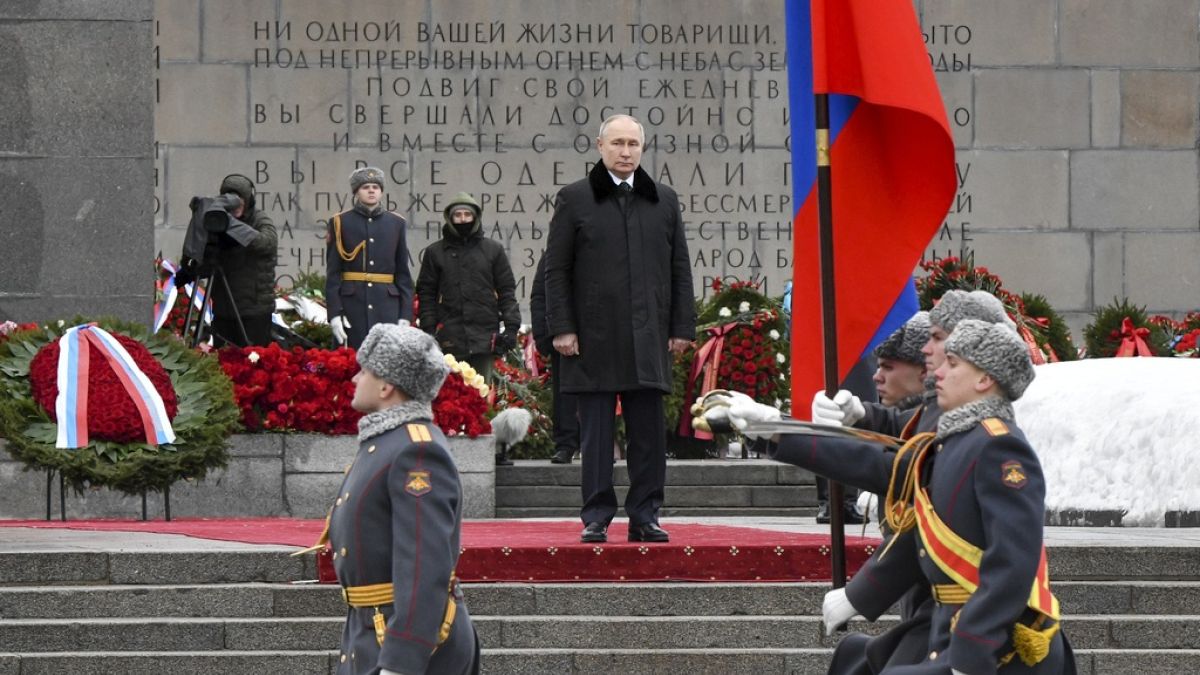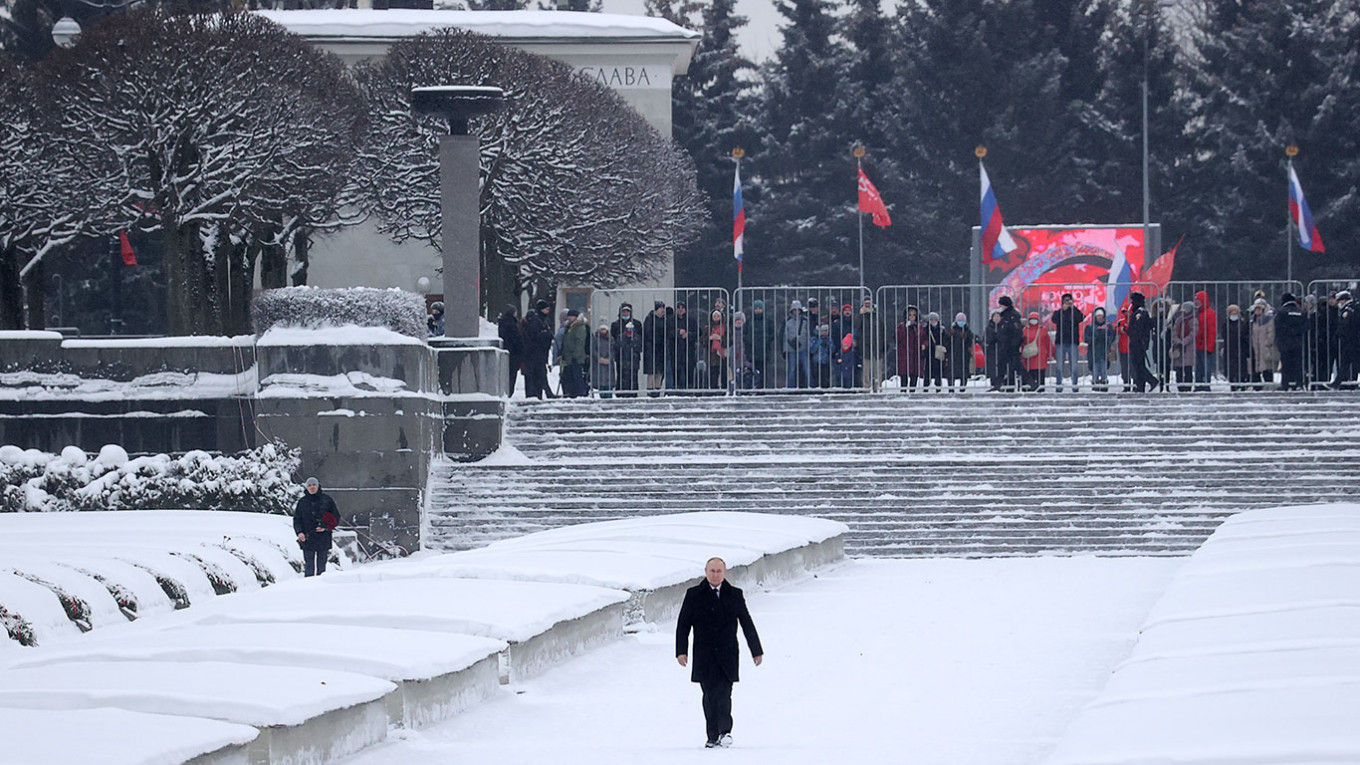Russia marks 80th Anniversary of The Siege of Leningrad
St Petersburg has been marking the 80th anniversary of its complete liberation from the Nazis and the end of one of the most brutal sieges in history.
The Nazi siege of Leningrad lasted nearly two-and-a-half years until it was finally broken by the Soviet Army on 27 January, 1944.
Estimates of the death toll vary, but historians agree that more than one million Leningrad residents died of hunger and air and artillery bombardment in one of the most horrifying episodes of World War II.
Russian President Vladimir Putin, a native of the city, was leading events on Saturday marking the end of the blockade of the city, which was then known as Leningrad.
He laid flowers at the Landmark Stone monument on Nevsky Pyatachok and took part in a wreath-laying ceremony at the Motherland monument at the Piskarevskoye Memorial Cemetery in St Petersburg.
Putin also visited the massive grave at Piskarevskoye Memorial Cemetery where purportedly his elder brother, who died during the Siege, was buried.
Later in the day Putin and Belarus President Alexander Lukashenko will attend a requiem to remember the dead.
A few of the children who endured the siege remain alive and have been remembering the hardships.
Irina Zimneva, 85, still can't forget those tiny pieces of bread, 125 grammes a day, which were distributed in Leningrad during the deadly winter of 1941-1942, and her mother always answering to her daughter's hungry requests: "Be patient!"
"My mom (helped me to survive), her love, I think this is first of all. Because I don't know what other way (I would have survived)," Zimneva told the Associated Press.
When the advancing Nazi troops closed the circle around Leningrad on 8 September, 1941, Zimneva's family consisted of 43 members. Only 13 of them had survived by January 1944.
Ahead of the 80th anniversary of the liberation, an open-air exhibition was installed to remind the residents of the hardest moments in the city's history.
It displays how a typical apartment looked like in the days of the siege - a stove in the centre of a room, blankets on windows to save some heat and the leftovers of furniture yet to be used as kindling.
The Street of Life exhibition shows also a classroom, a rehearsal hall and some transport - a city tram, from a network which stopped operating just for a couple of months during the siege, and ambulance trucks.
"If you touch the history, you feel that pain and horror that were happening here 80 years ago. How people managed to survive, it's mind-boggling," Yelena Domanova, exhibition visitor, shared her feelings with the AP.
Putin has frequently invoked the spirit of the fight against the Nazis in the "Great Patriotic War", as the Second World War is known as in Russia, when explaining the rationale for his invasion of Ukraine.
In a televised speech to Russians in February 2023 Putin described President Zelenskyy's government in Ukraine as "neo-Nazi" - despite the fact Zelenskyy is himself Jewish.
He then said in his speech: "One of the brigades of the Ukrainian armed forces... was awarded the name Edelweiss, like the Hitler division".
The implication is that some Russians will equate the Ukrainian war with the struggle against Nazism and give it equal importance as a fight to be fought and won.
The siege began in 1941 when German troops surrounded the city and completely cut it off from supplies for two and a half years before they withdrew.
========================================================================










No comments:
Post a Comment